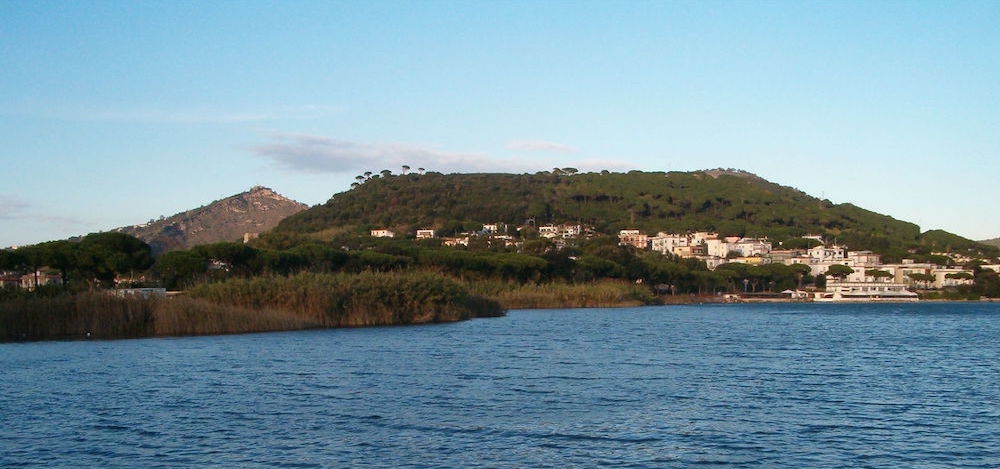In 1538, just west of Naples, a volcano erupted. It blanketed the landscape in lava and ash, terrified the locals, and buried the nearby village of Tripergole, which had previously been home to Cicero’s Villa Cumanum. Most strikingly of all, though, it created a new mountain: the imaginatively named Monte Nuovo, which stands 132m high and didn’t exist before the eruption.

The eruption was a landmark in the history of science; it was the first modern volcanic eruption to be witnessed by a large number of people. Their eyewitness accounts have allowed for modern volcanologists to reconstruct the events and geology of the eruption, and to try to predict the volcano’s future.
That future is disquieting. Scientists suspect that Campi Flegrei, the supervolcano of which Monte Nuovo is a part, is at the start of an volcanic cycle that will one day result in a massive eruption. It’s unlikely to happen for thousands of years, they say; the 1.5 million people who live within its blast radius will certainly hope they’re right.